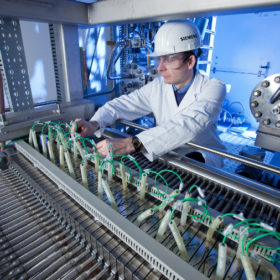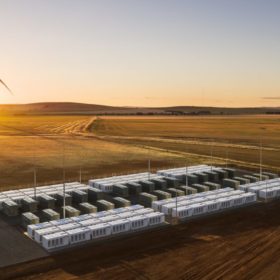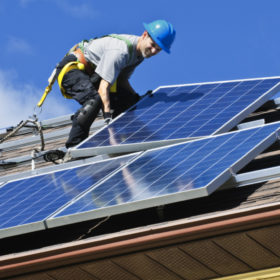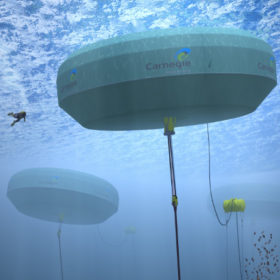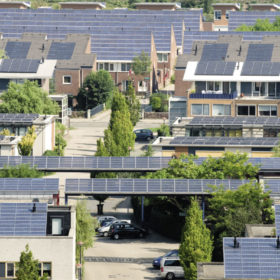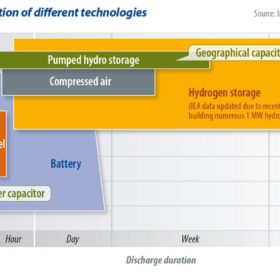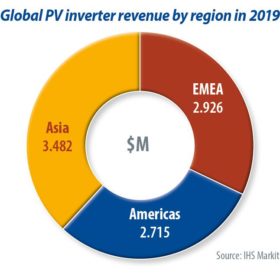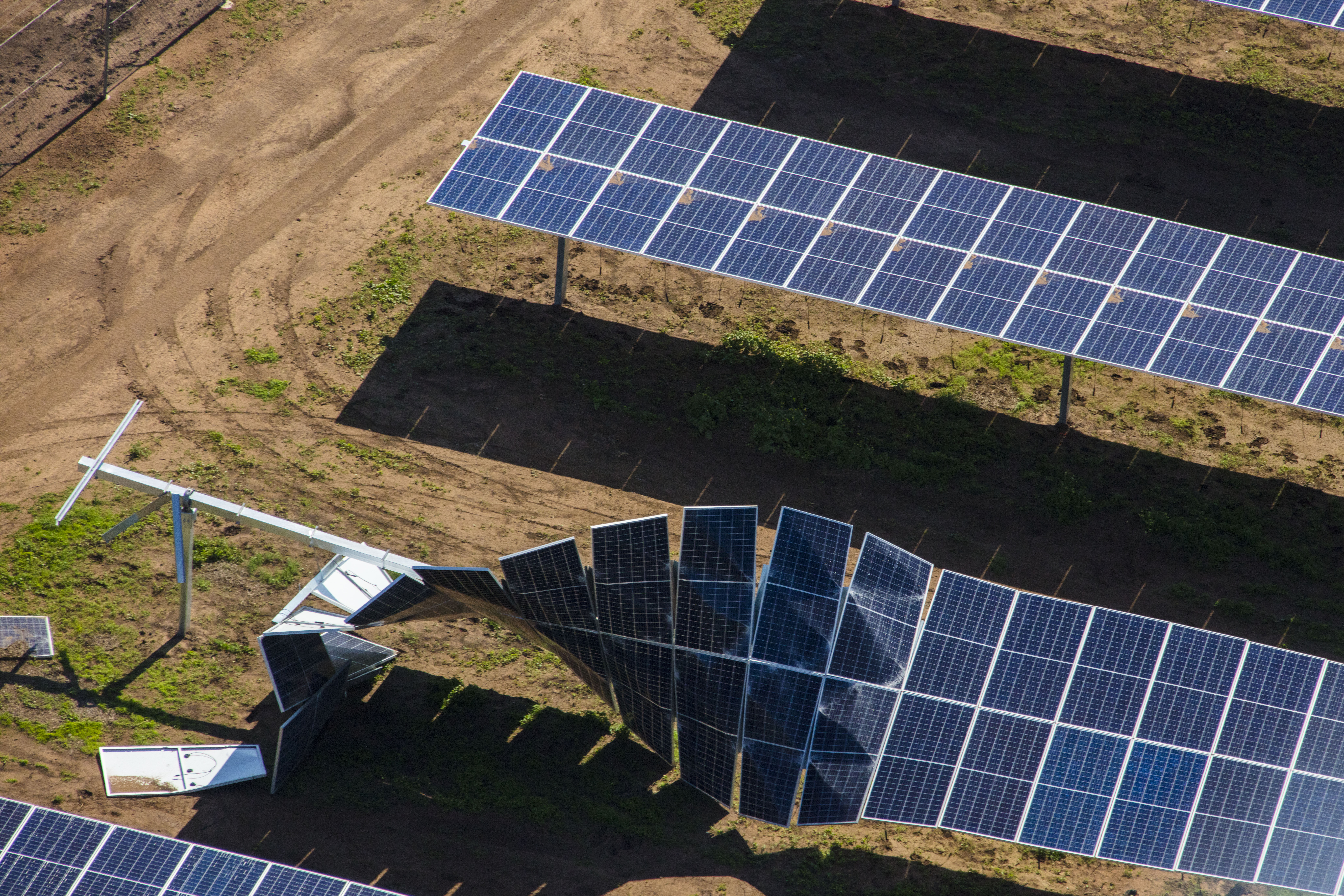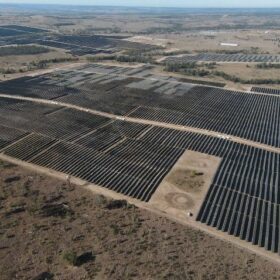Bigger and better: Technology
The SNEC 2020 PV Power Expo opened on Aug. 8 in Shanghai. Unlike previous editions, the world’s largest solar trade fair was mostly attended by Chinese participants this year due to the Covid-19 pandemic. While the trade fair used to offer insights into global market trends, volumes were low this year due to a buyer/seller standoff amid rising prices caused by the recent accidents at polysilicon plants in Xinjiang. Also, there was little change in technologies. PV InfoLink’s Corrine Lin offers insights into cells and modules at SNEC 2020.
Australian Hydrogen Council supports emerging export market
The move by Standards Australia has set the stage for Australia to play an important role in the growing hydrogen economy. Eight international standards for hydrogen were adopted in the process. The time is now, argues the Australian Hydrogen Council Fiona Simon, for these standards to be adopted into regulations to enable a new hydrogen export industry.
Energy storage and network reinforcement
As renewables penetration increases, transmission and distribution (T&D) infrastructure will require significant reinforcement. Battery storage is becoming a key alternative to traditional ways of reinforcing network infrastructure, because it is fast to deploy, can provide multiple services, and often comes at a lower capital cost. IHS Markit analyst Oliver Forsyth delves into the additional value streams that strengthen the case for grid-connected batteries.
COVID-19 vs Renewables: How the pandemic is impacting Australia’s solar curve
With Australians spending more time at home during the day as a result of COVID-induced restrictions, many are questioning the impact of shifting energy demand patterns on the solar curve. Byron Serjeantson, Regional Manager at Flow Power considers the potential outcomes of these changes.
The new standards that underpin our renewable future
As new forms of renewable energy mature, strong standards governing safety, storage, transport and more help to build confidence in each industry sector. Here Daniel Chidgey, Head of Stakeholder Engagement at Standards Australia outlines the latest guidance for hydrogen, energy storage and ocean energy.
Farm to table, the energy way
The emergence of the prosumer has been a feature of the rise of rooftop solar. But it can go far beyond the individual household or business, argues Frédéric Gastaldo, CEO of Tiko Energy Solutions. Gastaldo says that by connecting PV and other renewable arrays, true energy communities can emerge – accelerating clean energy uptake.
A closer look at hydrogen infrastructure
Momentum is building for a new era of the hydrogen economy. Green hydrogen production is decreasing in cost, as greater levels of renewables are being integrated into the grid, and countries are developing hydrogen plans. Shayne Willette from Navigant sets out how, as a result, hydrogen is increasingly recognized as a potentially significant contributor to the decarbonization of the energy sector.
Record shipments push global solar PV inverter market past $9 billion in 2019
The PV inverter market achieved record shipments in 2019, writes IHS Markit’s Miguel de Jesus, driven by booming shipments in key markets such as the United States, Spain, Latin America, Ukraine and Vietnam. Revenue rose rapidly, surpassing the $9 billion mark in 2019 for the first time.
Looking gloomy at Oakey 2 Solar Farm again?
Yesterday I received a call from the people at pv magazine who were preparing for the ‘Virtual Roundtables Europe 2020’ event on this week in Germany – i.e. Tuesday evening (now!) and Wednesday evening ‘NEM time’. I’m told the event will be recorded, with the recording available later to those who have registered, so get your skates on if interested.
Solar panel recycling: Turning ticking time bombs into opportunities
Australia has certainly demonstrated its appetite for solar power. Now, with the average lifespan of a solar panel being approximately 20 years, many installations from the early 2000’s are set to reach end-of-life. Will they end up in landfill or be recycled? The cost of recycling is higher than landfill, and the value of recovered materials is smaller than the original, so there’s limited interest in recycling. But given the presence of heavy metals, such as lead and tin, if waste is managed poorly, we’re on track for another recycling crisis. A potential time bomb could present itself as an opportunity, however, if the global EV industry showed an interest in the recovered solar products.

